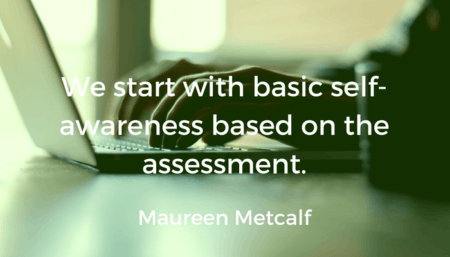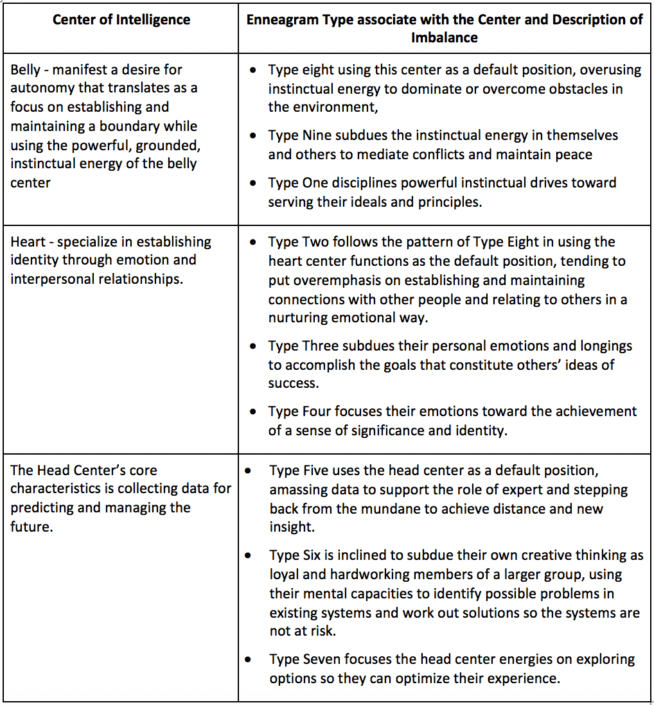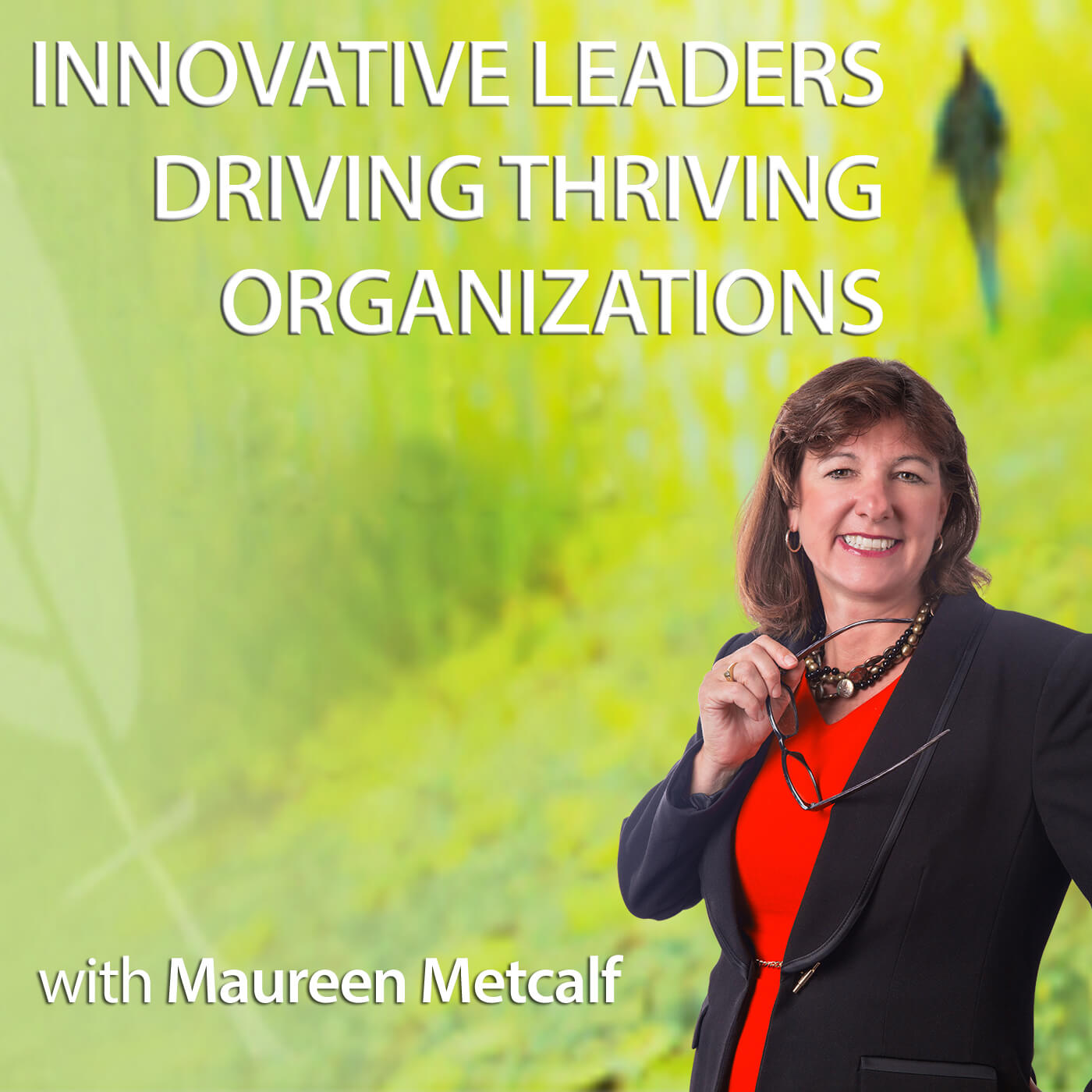Self-Awareness using the Enneagram Assessment
This blog is a companion to the Voice America Interview on May 18, 2018 with Belinda Gore, Board...
Read Moreby VoiceAmerica | May 15, 2018 | Business | 0 |
This blog is a companion to the Voice America Interview on May 18, 2018 with Belinda Gore, Board...
Read Moreby VoiceAmerica | May 15, 2018 | Business | 0 |
This blog is a companion to the Voice America Interview on May 18, 2018 with Belinda Gore, Board...
Read Moreby VoiceAmerica | Apr 26, 2017 | Business | 0 |
In this blog and associated interview, Belinda explores how she uses the Enneagram to help leaders...
Read More



